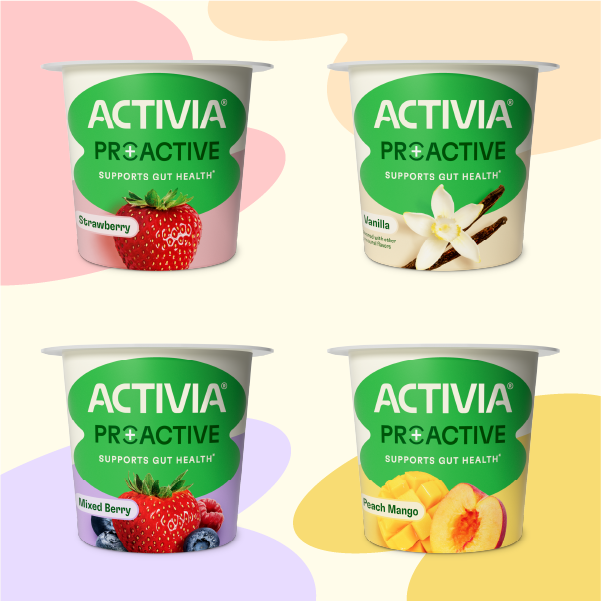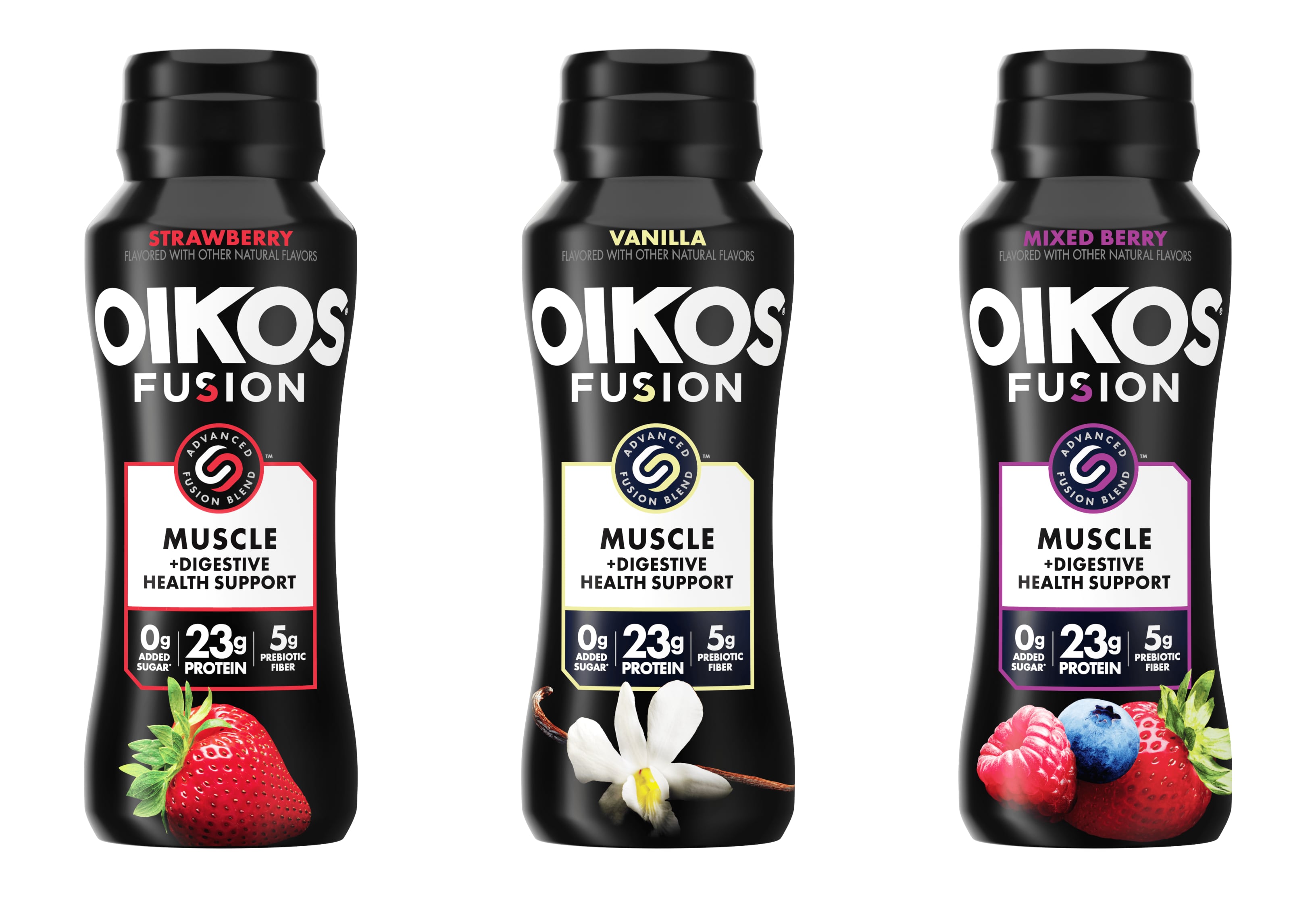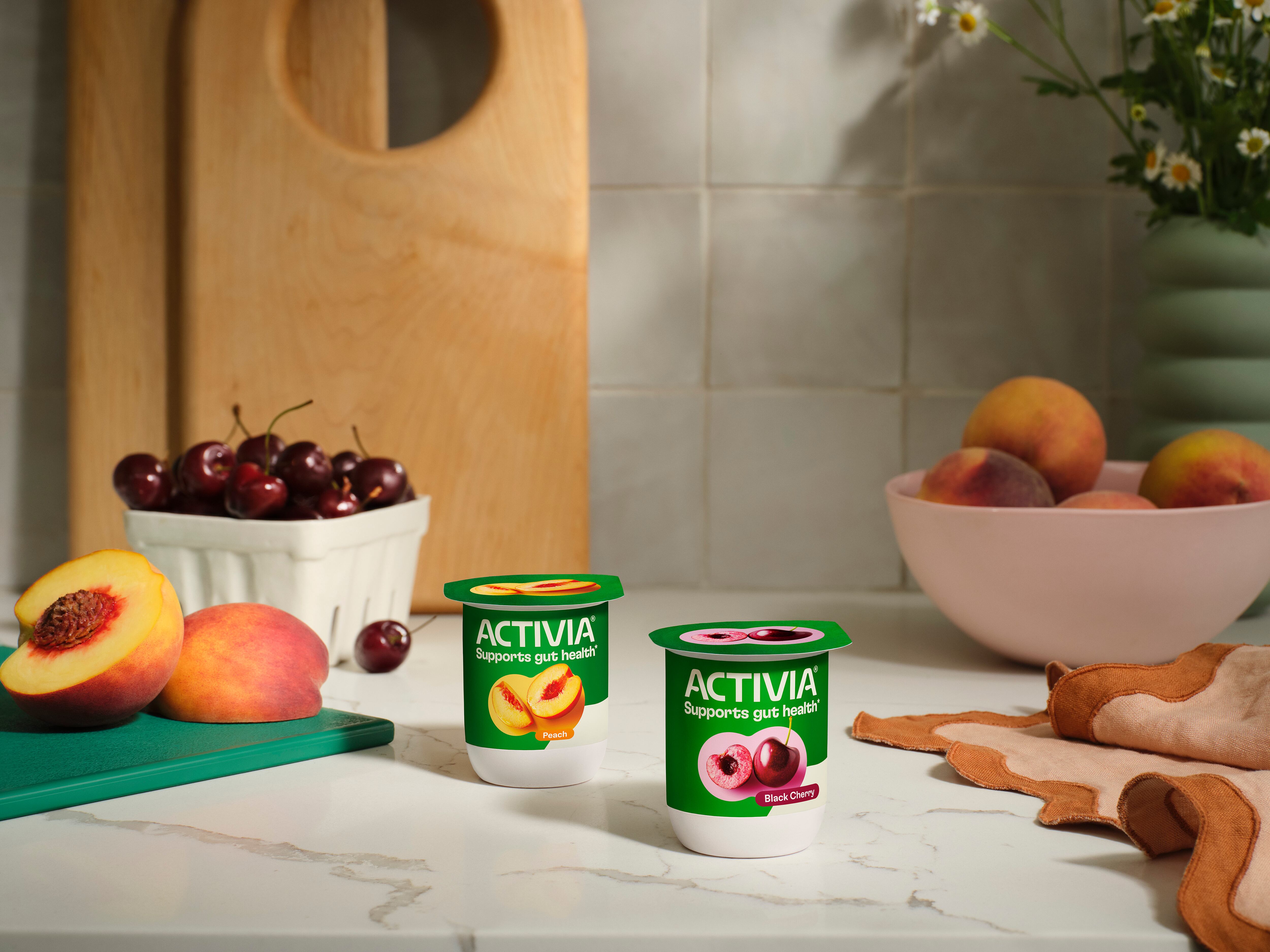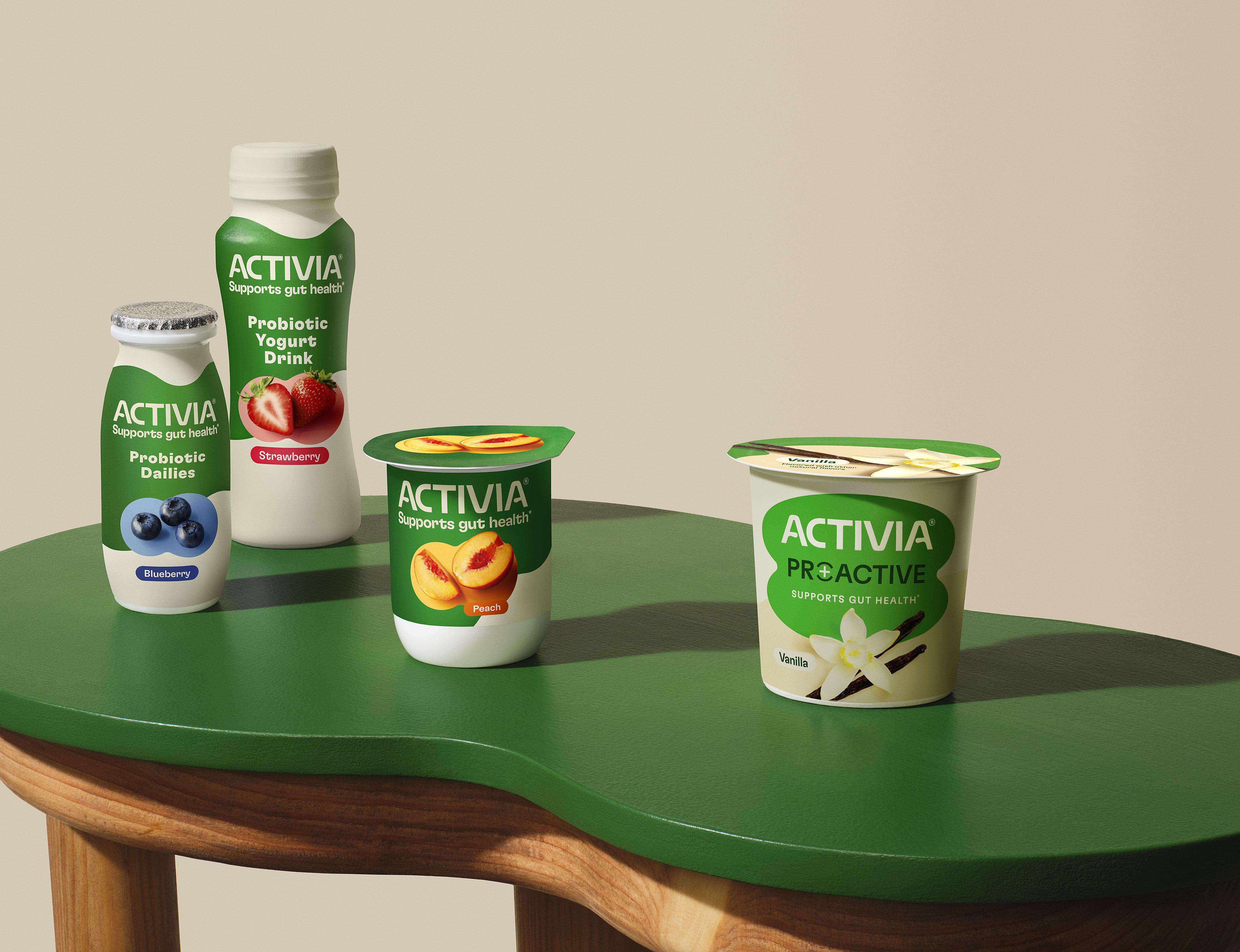When it comes to functional food and beverage trends, protein and gut health are two of the hottest ones. From pasta to water, protein has permeated the breadth of FMCG in recent years – and the category is showing no signs of slowing down.
In the US alone, the protein market is valued at $114.4bn as of 2024 with a CAGR of 1.9% until 2028, according to Mintel. And according to Euromonitor International, women now account for 51% of consumers seeking to boost their protein intake globally. In North American, it’s Gen Z and Millennial women who are the most keen to consume more protein – whether through food or supplements.
Gut health, and biotics fortification in particular, is also a key functional focus in the industry. And long-term consumer concerns around ultra-processing continue to push manufacturers to reformulate and overhaul their ingredient lists with cleaner ingredients.
So how is Activia, the leading gut health dairy brand globally, addressing all these trends – and what’s next for the functional dairy market? We spoke to Danone’s vice-president, marketing, gut health, Derek Neeley to find out more.
What are the key trends driving innovation at Activia as the brand is getting a makeover and launching new products? Consumers are familiar with three big trends: no added sugar, protein, and probiotics. All three are feeding into the R&D for Activia’s latest range, Proactive; while the brand’s core range of probiotic yogurt was also being reformulated to suit modern palates.
Clean ingredients
“Consumers, and younger consumers in particular, are far more adept at looking at ingredient statements and macro nutrition labels than the previous generation,” Neeley told us. “Things like 0g added sugar, which means we don’t add any sugar; they get that immediately.”
As such, Proactive has 0g of added sugar, no sweeteners, and 10g of protein per cup; while the core range of yogurt cups has seen sugar reduced by 3g per cup. “We’ve also removed all of the gelatine, the carrageenan, out of the cups, which has been a major accomplishment while still maintaining the taste,” Neeley added.

Fiber: For GLP-1 users and those seeking satiety
And then there’s pre- and probiotics. Consumers have a general understanding that probiotics are good for gut health, he added; and more shoppers are starting to understand the role of prebiotic fiber.
“We see macronutrients like fiber being the ‘next protein’,” Neeley added. “You see the role that the protein has played in consumers’ diets with, I think fiber is that next frontier.”
The weight loss trend and the increased use of GLP-1 agonists, particularly in the US, is also crucial in pushing this next frontier of innovation. “We know that to GLP-1 consumers specifically, nutrient density and specifically fiber in their diets is going to be particularly important to aid in digestion.
“We have plans in the future to have much broader fiber ranges that appeal more closely to those GLP-1 consumers.”
Derek Neeley, Danone
Convenient formats: from cups to drinks
Danone already has a shake that targets GLP-1 users in Oikos Fusion, which caters to both convenience and functionality.

“The Activia product roadmap is looking at those same things – easy to eat or drink yogurt products that are not too large and have the nutritional density consumers are looking for,” Neeley said.
In terms of formats, yogurt beverages have had the largest growth in the US. “Anything drinkable fits into consumer lifestyles very, very well,” Neeley said, adding that the brand has a variety of formats across potted yogurt, too.
“What we’ve seen is that consumers want options. It’s about providing the products and the flexibility for them to choose from within the range. Which is why we have the 4oz cups, the 5.3oz cups, the 3.1oz drinkable, 7oz drinkable, and then the large pots or the large 32oz.”
“Consumers are more varied in their taste preferences, and are looking for products that can meet what they’re looking for, as opposed to what a brand is telling them what they need.”
“And that’s something that our younger consumers have told us, repeatedly and explicitly: give us more protein, less sugar, clean up the ingredient statement, and make it fit into our lifestyle. So that’s what we’ve done through innovation and renovation.”


